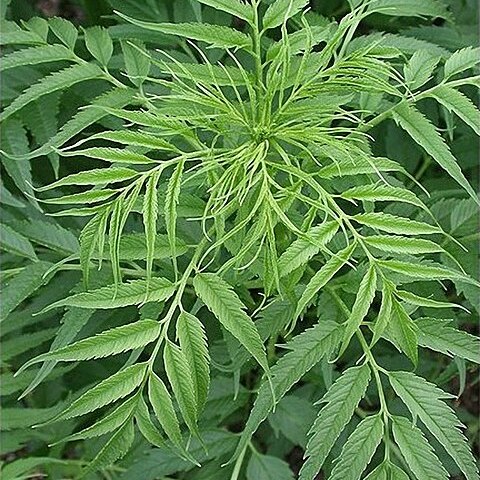Herbs or subshrubs, perennial. Leaves alternate, pinnately incised to compound, sometimes simple; stipules absent; petiole present. Inflorescences axillary fascicles. Flowers usually unisexual (mostly bisexual in Datisca glomerata); calyx unequally 4–9-lobed; petals 0; staminate flowers: stamens [6–]8–12[–25]; filaments distinct, very short; pistillate flowers: calyx tube adnate to ovary; ovary inferior, 3–8-carpellate; placentation parietal; ovules 24–64; styles 3, threadlike, deeply forked at apex [subulate or longer with capitate-peltate or clavellate stigmas]; bisexual flowers often with staminodes. Fruits capsular, opening apically between styles. Seeds 100–300; embryo straight; endosperm little or none.

